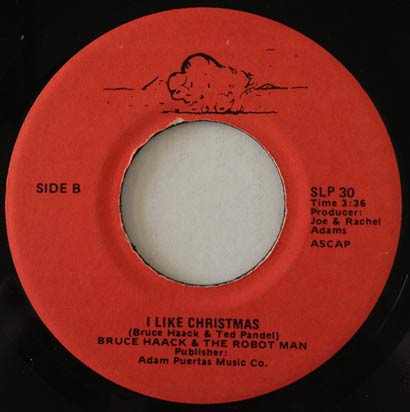
The annotation consists of the description of the following items:

The taxonomic data (description of the biological source of the protein).The citation information (bibliographical references).In Swiss-Prot, as in many sequence databases, two classes of data can beĭistinguished: the core data and the annotation.įor each sequence entry the core data consists of: Section with computationally analyzed records that await full manual Literature and curator-evaluated computational analysis, and TrEMBL - a The UniProt Knowledgebase consists of two sections: Swiss-Prot - a sectionĬontaining manually-annotated records with information extracted from

Sequences with accurate, consistent, rich sequence and functional annotation. The UniProt Knowledgebase (UniProtKB) provides the central database of protein Knowledgebase, with extensive cross-references and querying interfaces freely Maintaining a high quality database that serves as a stable, comprehensive,įully classified, richly and accurately annotated protein sequence Primary mission of the consortium is to support biological research by SIB, and PIR (at the Georgetown University Medical Center and Nationalīiomedical Research Foundation) joined forces as the UniProt consortium. Protein Sequence Database (PIR-PSD) coexisted as protein databases withĭiffering protein sequence coverage and annotation priorities. Until 2002, the EBI/SIB Swiss-Prot + TrEMBL databases and the PIR Relationships between Swiss-Prot and some biomolecular databases


The different line types 3.1 The ID line 3.2 The AC line 3.3 The DT line 3.4 The DE line 3.5 The GN line 3.6 The OS line 3.7 The OG line 3.8 The OC line 3.9 The OX line 3.10 The OH line 3.11 The reference (RN, RP, RC, RX, RG, RA, RT, RL) lines 3.12 The CC line 3.13 The DR line 3.14 The PE line 3.15 The KW line 3.16 The FT line 3.17 The SQ line 3.18 The sequence data line 3.19 The // line Appendix A :įormat differences between the Swiss-Prot and EMBL databases B.1 Generalities B.2 Differences in line types present in both databases B.3 Line types defined by Swiss-Prot but currently not used by EMBL B.4 Line types defined by EMBL but currently not used by Swiss-Prot Appendix C : Conventions used in the database 2.1 General structure of the database 2.2 Status 2.3 Structure of a sequence entry 2.4 Evidence attributions 3. What is the UniProt Knowledgebase? 1.1 The Swiss-Prot Protein Knowledgebase 1.2 The computer-annotated supplement TrEMBL 2.


 0 kommentar(er)
0 kommentar(er)
